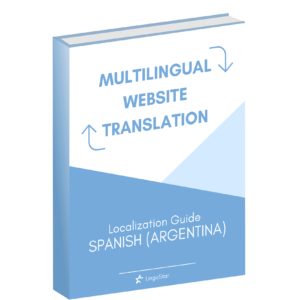If you work in the languages industry, chances are you have heard about the so-called “Rosetta Stone”. It is one of the wonders of the multilingual community and has even inspired a very popular and renowned language-learning software as a namesake. But this stone has actually fascinated linguists as well as historians for centuries…
The Rosetta Stone is an Egyptian stele inscribed in 196 BC, issuing a decree on behalf of King Ptolemy V who had just been crowned. The interesting part about this stele is the fact it provides an understanding of Egyptian hieroglyphs, as the text is written in 3 different languages, respectively Ancient Egyptian hieroglyphs, Demotic script and Ancient Greek. The stone was later moved to a location near the town of Rosetta and found later during Napoleon’s campaign in Egypt. Upon its discovery, it was already referred to as Pierre de Rosette, the Rosetta Stone.
Before the stone was discovered, there had been absolutely no understanding of the Ancient Egyptian language and script since just before the fall of the Roman Empire. As Ancient Greek was widely studied among scholars during the 17th and 18th centuries, it provided some sort of “dictionary” of Ancient Egyptian from which they could start to understand the Ancient Egyptian hieroglyphs.
Two other fragment copies of the same decree were found later on, so therefore the stone is no longer unique, but its position as a symbol in the language community is emblematic. The term “Rosetta Stone” is sometimes used to refer to a very important clue in a specific field of knowledge or science.
















